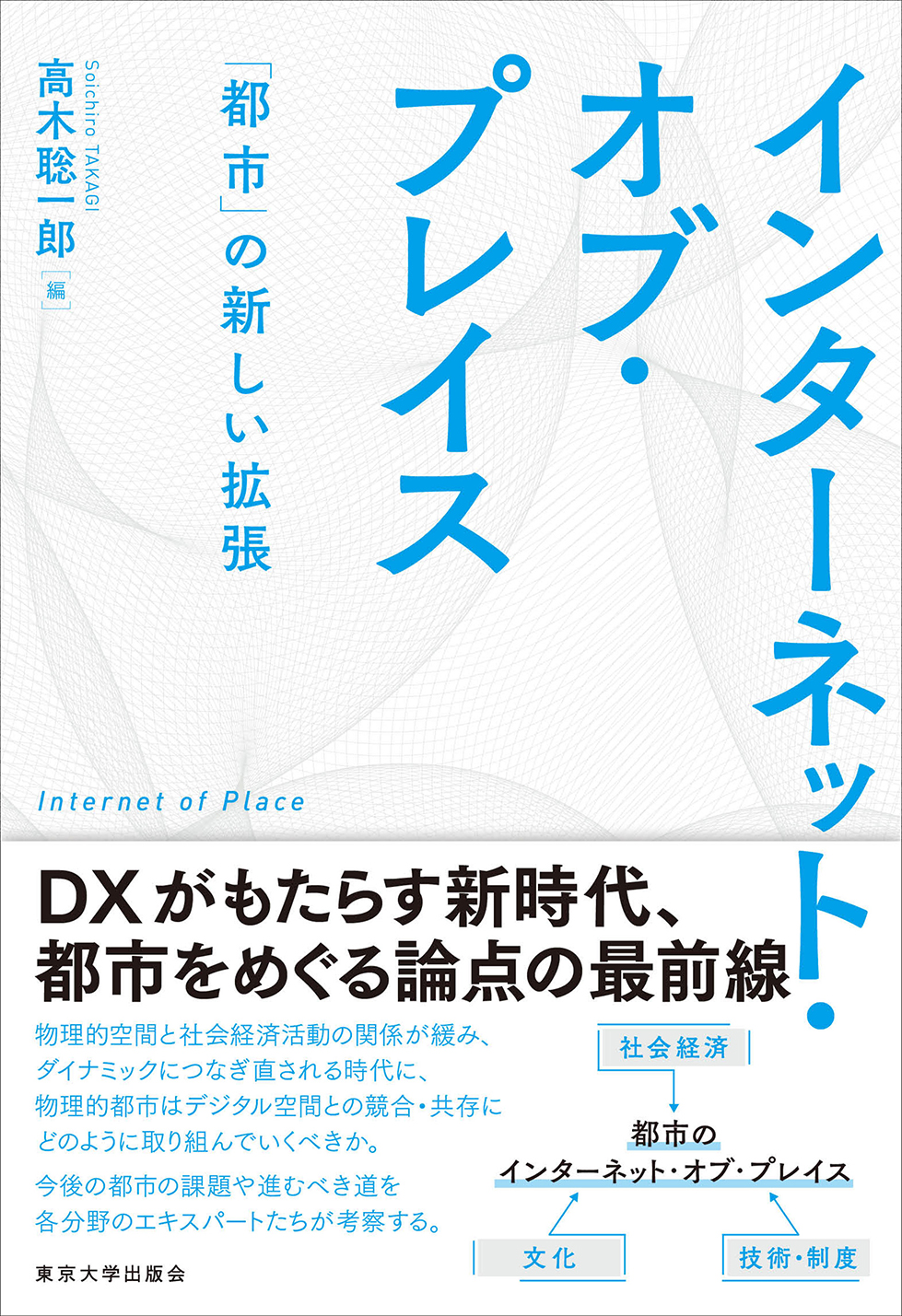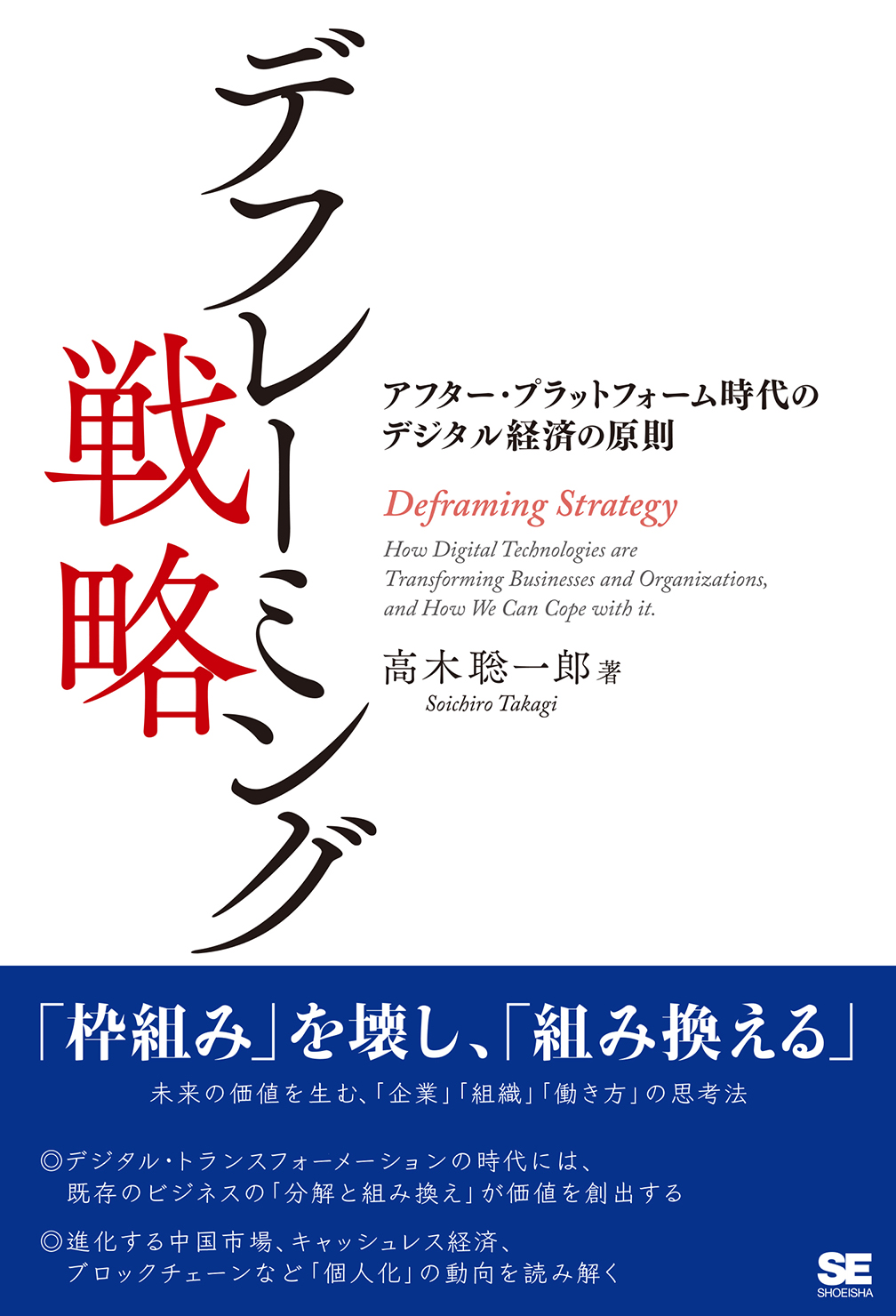
Title
Internet of Places (New expansion of cities)
Size
272 pages, 127x188mm
Language
Japanese
Released
June 02, 2023
ISBN
978-4-13-061408-5
Published by
University of Tokyo Press
Book Info
See Book Availability at Library
Japanese Page
The significance and role of “cities” have never been questioned as much as they are currently. The COVID-19 pandemic hit densely populated cities worldwide, and it significantly affected health and economic activities of people. The very fact that “social distancing” became a motto is emblematic of how arguments that contradict urban features such as “living in close proximity to each other” have been raised.
However, cities were facing considerable challenges even before the pandemic. With the urgent need for innovation to tackle the sluggish economy, what role can cities play in boosting the creativity of people? While places that encourage creativity and productivity are needed to attract talent, how can this factor be reconciled with values that seek quality of life, for example, in terms of the natural environment and commuting? What is the significance of physical cities when people can order and take orders for work as well as provide value on online platforms? This volume is based on the results of the research project “Cities as a Platforms,” which was conducted to answer these kinds of questions. It contains essays written from the perspectives of project members, who are leading experts involved in this study.
This volume is divided into four parts. Part I introduces the basic perspectives and concepts related to the overall volume. The concept of the Internet of places, which deconstructs the functions and contexts of places and flexibly recombines them, is introduced as an application of the concept of “deframing” with regard to cities. Thus, it presents a new perspective that transcends the dualism of urban and rural. The following chapters are organized according to these three aspects: “socio-economic aspects,” “cultural aspects,” and “technical aspects.”
Part II comprises three chapters addressing socio-economic aspects. It provides examples of companies located in rural areas that have expanded nationwide, an analysis of the incentives of urban dwellers, and a discussion of the importance of spatial capital in the context of disaster recovery. Part III comprises three chapters discussing the cultural aspects of the Internet of places. It includes examinations of the role that co-working spaces can play in spearheading the creation of a new culture, quantitative clarifications of the cityscape, and an assessment of the multi-layered urban culture of Akihabara. Finally, Part IV focuses on the technical aspects, including data sharing and collaboration platforms in cities, smart city initiatives in Otemachi, Marunouchi, and Yurakucho area of central Tokyo, interconnections of regions and cities using 5G technology, and legal issues in smart cities.
In addition to the above, this volume includes columns written by practitioners regarding activities in co-working spaces and cultural inheritance in big cities.
This volume presents stimulating debates about cities. Do take this opportunity to read it.
(Written by TAKAGI Soichiro, Professor, Interfaculty Initiative in Information Studies / 2024)



 Find a book
Find a book







